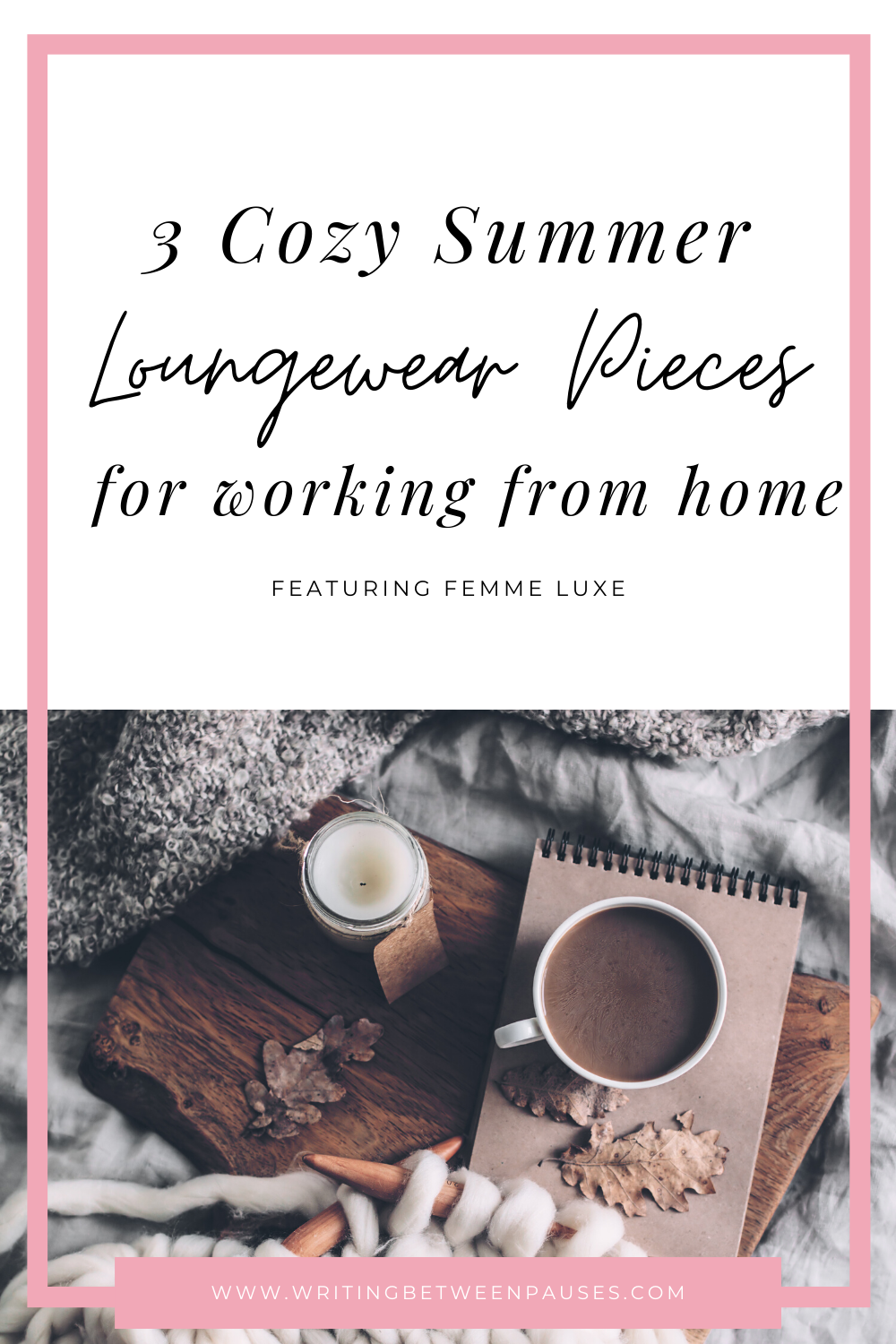One of the criticisms I hear most about the beauty community—from Instagrams to YouTubers to bloggers—is: no one posts any beginners tutorials anymore.
We all share our favorite foundations with the knowledge that everyone reading probably knows how to apply foundation.
We review products with the understanding that everyone has a grasp of the basics.
That leaves a sizable gap in information; those who might be interested in reading beauty reviews are left out. What if they don’t know how to apply foundation? Or they don’t know how to use setting powder?
One blog post isn’t going to totally fill that gap. And it’s hard to tell the beauty community to take 20 steps back and explain the beginning. But starting to open up the beauty community to not just amateur artists, but those who want to learn, will help make it a better place.
For that reason, I thought I would share what I consider to be 3 beauty products everyone needs—regardless of their skill level, makeup level preference, and more. For me, this serves as starting a basis for getting into beauty; if you’ve never worn makeup before, but want to start, or you’ve never had a skincare routine before, but want to start, these are a good place to start in establishing your own routine.
1. SPF
I go on about this a lot, but it is worth restating over and over and over again: you have to wear SPF every day.
Back up, rewind, read it again: you have to wear SPF every single day.
This is pure protection for your skin. Using a daily SPF on your face, neck, and shoulders (and if you want to be truly dedicated, your entire body) is a great way to protect your skin and keep it looking amazing. Not only is moisturizer one of the best ways to prevent aging, SPF only helps in that regard. Take it from someone with melasma on their face: please, please, please wear your SPF every single day.
How do you choose the best SPF? For me, I try to find a non-greast facial SPF in as high of a rating as possible. Right now, my preferred one is Aveena, which is only 15 SPF, but it doesn’t make me break out. I also use an SPF spray (watch for sales of this at Ulta) throughout the day during the summer to keep my makeup set and to reapply. (Remember, if you’re outside in the sun, you have to reapply SPF every 45-60 minutes. An entire day in the sun should use at least an entire bottle of sunscreen!)
For more about choosing a good SPF, here are two blog posts I have written previously: Summer Skincare and Protecting Your Skin. And don’t forget to protect your eyes too.
2. A good brush set
Some people prefer makeup sponges. Some people swear by beautyblenders. But everyone uses brushes, in one way or another. If you’re just starting to wear makeup, the power of a good brush set cannot be overstated. Brushes can help you be more refined in your makeup application. You learn to blend and handle makeup. And, honestly, brushes just look pretty on your vanity.
Lots of people have different preferences for brushes. Personally, I’ve only ever bought ELF and Wet’n’Wild brushes (I’ve received others in my ipsy bags). If you want to build a brush collection, I highly recommend signing up for ipsy or checking for brush sets at Ulta. The brushes you should definitely have in your collection are:
A fluffy face brush
A smaller, denser blush brush
A large, fluffy eyeshadow brush
A foundation brush (kabuki-style)
A small eyeshadow brush
With those 5 brushes, you really can do just about anything. Obviously, you can add more to your collection as time goes on, but those really are a good place to start.
3. A good concealer
If you’ve never worn makeup before, it can be challenging to jump right into foundation. Foundation can be challenging to match correctly to your skin tone and skin type. Concealer is a little bit easier; it’s like taking a baby step into foundation, without having to fully commit. If you’ve never worn foundation before, and aren’t sure if you need it, then you might end up not wanting to wear foundation. Some beauty gurus famously don’t wear foundation (like JKissa).
Concealer is perfect; you can use it on your under eyes to brighten, cover any small blemishes, and tone down any redness. But without the cakiness that can happen with foundation. I personally love Tarte Shape Tape; it took me a while to love it, but now I do. I also love the ColourPop concealer.
Finding one that suits you and your skill level, as well as your specific skin type, can take a little trial and error. I love Paula’s Choice’s tips for finding a good concealer.





















